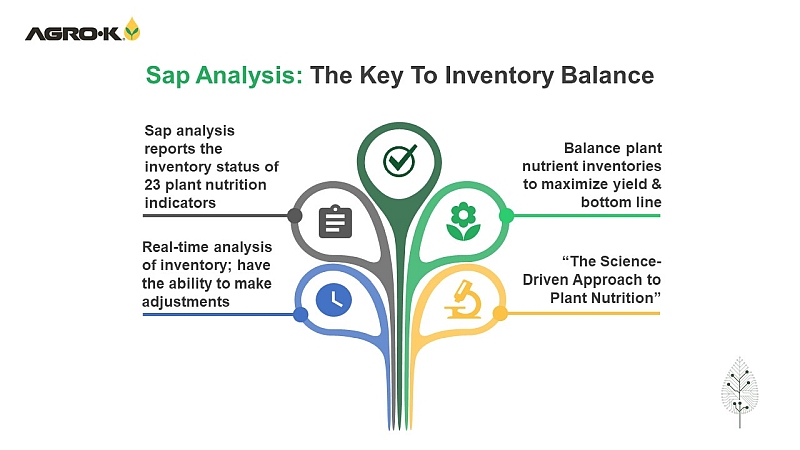New Approach For Managing Strawberry Root Weevil And Black Vine Weevil
A low-cost, easy-to-implement on-farm solution for controlling a highly destructive alfalfa pest is now expected to pay off for New York strawberry growers.
The Northern New York Agricultural Development Program (NNYADP) has granted funds to Cornell University entomologist Elson Shields to evaluate the use of alfalfa snout beetle-controlling nematodes to manage two strawberry crop pests. Strawberry root weevils and black vine weevils attack a wide array of plants from woody ornamentals in the urban landscape to commercial cane berry crops, including raspberries, blackberries, and strawberries.
 “Strawberry root weevil and black vine weevil are very closely related to alfalfa snout beetle, and, like alfalfa snout beetle, these weevils are difficult to control with conventional pesticides, but they are very susceptible to attack by the biocontrol nematodes,” Shields says.
“Strawberry root weevil and black vine weevil are very closely related to alfalfa snout beetle, and, like alfalfa snout beetle, these weevils are difficult to control with conventional pesticides, but they are very susceptible to attack by the biocontrol nematodes,” Shields says.
Shields developed a protocol for using native New York nematodes to control alfalfa snout beetle, which had become the single most limiting factor for alfalfa growers in nine New York counties. Similarly, the two weevils are causing economic havoc for strawberry growers.
In the fall of 2013, with assistance from Shields’ research and Extension team, Rulfs Orchards applied biocontrol nematodes to most of a 12-acre strawberry field at the Peru, NY, farm business. The untreated areas will serve as a control for evaluating the true effectiveness of the nematode treatment.
Shields estimates weevil damage at the farm was causing $20,000 to $30,000 worth of economic loss due to the loss of fruit and plants and the cost of reestablishing the strawberry planting.
Robert Rulfs says, “Strawberry root weevil and black vine weevil larvae feed on the strawberry plant roots, killing the plants, and they have been causing large scale crop losses. This Northern New York Agricultural Development Program project is addressing a big problem for our farm business.”
To apply the nematodes, a crop sprayer already on the Rulfs’ farm was used, with only a nozzle change, removal of all screens and filters, and a good cleaning of the equipment to reduce any pesticide residue required. The early September application allowed six to eight weeks for the nematodes to attack the weevil larvae that are active in the strawberry root zone until the soil temperature cools as winter approaches.
In October, the researchers will collect soil samples to be analyzed at the Shields Lab at the Cornell University campus in Ithaca, NY, to confirm the presence of the nematodes. The soil sampling will be repeated in May 2014 to confirm the successful overwintering of the nematodes that will become active to continue their attack on the remaining weevil larvae as the soil warms and to document the nematodes’ impact on the weevil populations. The goal of the treatment protocol is to prevent any further strawberry plant root damage by the weevil larvae that persist through the Northern New York winter.
The nematodes applied to the Rulfs’ strawberry field are two native New York strains of nematode; each strain occupies the soil at different depths. Since the nematodes used are native to the region, they persist after application for many years. Northern New York farmers are reporting the long-term recovery of the alfalfa crops so valuable to the dairy industry and as a cash crop.
The NNYADP-funded project work in the Northern New York strawberry crops has implications for the berry industry elsewhere. Shields says, “Strawberry root weevil and black vine weevil are found nationwide because they impact the potted plant nursery industry and shipments across the U.S.”
Shields expects the 2014 data from the strawberry trial will be significant on the success side. If the data bears him out, his research team is ready to extend the treatment protocol to growers across New York and in the Northeast. Updates will be posted on the NNYADP website at www.nnyagdev.org; the Alfalfa Snout Beetle Control Manual developed by the Shields’ team for use by alfalfa growers is already posted on the NNYADP home page.
The farmer-driven Northern New York Agricultural Development Program funds research, technical assistance, and outreach for agricultural producers in Clinton, Essex, Franklin, Jefferson, Lewis, and St. Lawrence counties.
Source: Northern New York Agricultural Development Program










